Gaurav Trivedi
Towards Leveraging Large Language Models for Automated Medical Q&A Evaluation
Sep 03, 2024



Abstract:This paper explores the potential of using Large Language Models (LLMs) to automate the evaluation of responses in medical Question and Answer (Q\&A) systems, a crucial form of Natural Language Processing. Traditionally, human evaluation has been indispensable for assessing the quality of these responses. However, manual evaluation by medical professionals is time-consuming and costly. Our study examines whether LLMs can reliably replicate human evaluations by using questions derived from patient data, thereby saving valuable time for medical experts. While the findings suggest promising results, further research is needed to address more specific or complex questions that were beyond the scope of this initial investigation.
FPGA Implementation of Simplified Spiking Neural Network
Oct 02, 2020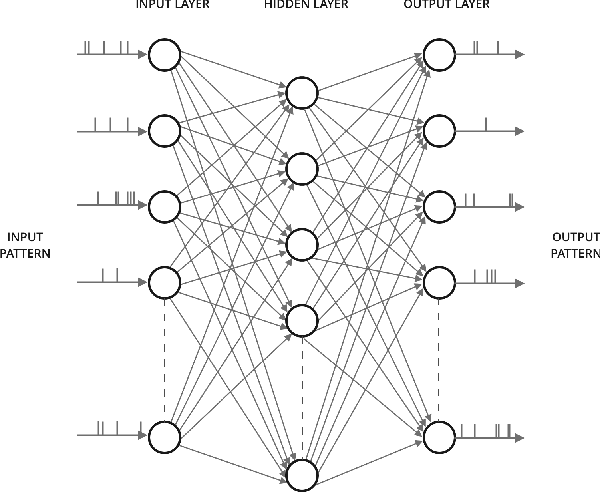
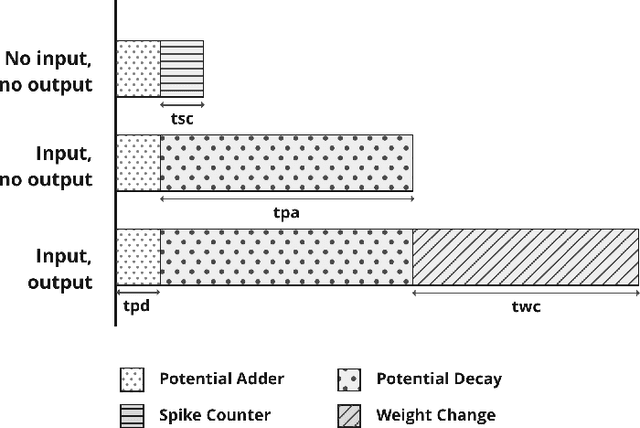
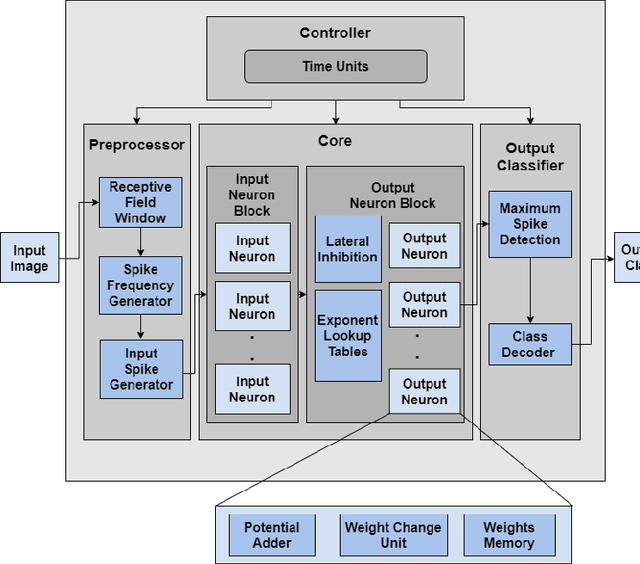

Abstract:Spiking Neural Networks (SNN) are third-generation Artificial Neural Networks (ANN) which are close to the biological neural system. In recent years SNN has become popular in the area of robotics and embedded applications, therefore, it has become imperative to explore its real-time and energy-efficient implementations. SNNs are more powerful than their predecessors because they encode temporal information and use biologically plausible plasticity rules. In this paper, a simpler and computationally efficient SNN model using FPGA architecture is described. The proposed model is validated on a Xilinx Virtex 6 FPGA and analyzes a fully connected network which consists of 800 neurons and 12,544 synapses in real-time.
PowerPlanningDL: Reliability-Aware Framework for On-Chip Power Grid Design using Deep Learning
May 04, 2020



Abstract:With the increase in the complexity of chip designs, VLSI physical design has become a time-consuming task, which is an iterative design process. Power planning is that part of the floorplanning in VLSI physical design where power grid networks are designed in order to provide adequate power to all the underlying functional blocks. Power planning also requires multiple iterative steps to create the power grid network while satisfying the allowed worst-case IR drop and Electromigration (EM) margin. For the first time, this paper introduces Deep learning (DL)-based framework to approximately predict the initial design of the power grid network, considering different reliability constraints. The proposed framework reduces many iterative design steps and speeds up the total design cycle. Neural Network-based multi-target regression technique is used to create the DL model. Feature extraction is done, and the training dataset is generated from the floorplans of some of the power grid designs extracted from the IBM processor. The DL model is trained using the generated dataset. The proposed DL-based framework is validated using a new set of power grid specifications (obtained by perturbing the designs used in the training phase). The results show that the predicted power grid design is closer to the original design with minimal prediction error (~2%). The proposed DL-based approach also improves the design cycle time with a speedup of ~6X for standard power grid benchmarks.
An Interactive Tool for Natural Language Processing on Clinical Text
Jul 07, 2017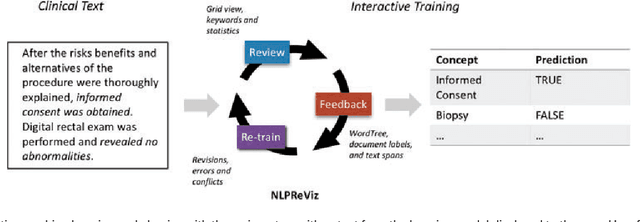
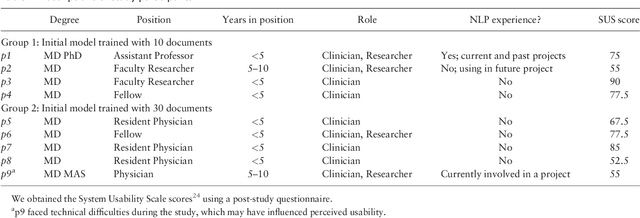
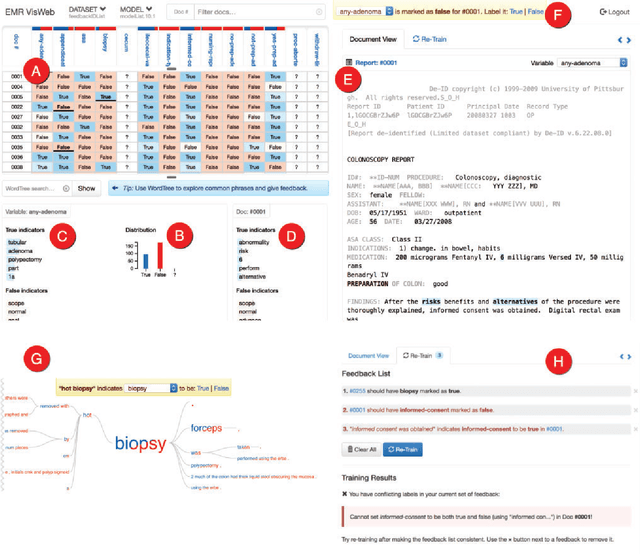
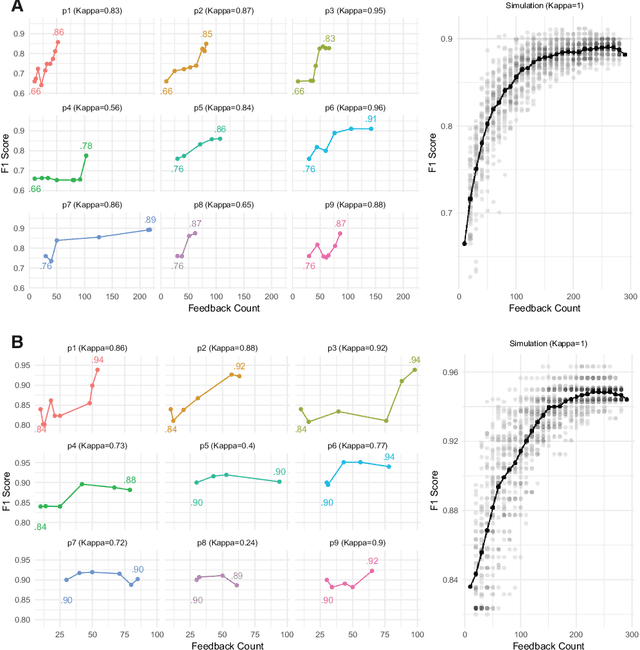
Abstract:Natural Language Processing (NLP) systems often make use of machine learning techniques that are unfamiliar to end-users who are interested in analyzing clinical records. Although NLP has been widely used in extracting information from clinical text, current systems generally do not support model revision based on feedback from domain experts. We present a prototype tool that allows end users to visualize and review the outputs of an NLP system that extracts binary variables from clinical text. Our tool combines multiple visualizations to help the users understand these results and make any necessary corrections, thus forming a feedback loop and helping improve the accuracy of the NLP models. We have tested our prototype in a formative think-aloud user study with clinicians and researchers involved in colonoscopy research. Results from semi-structured interviews and a System Usability Scale (SUS) analysis show that the users are able to quickly start refining NLP models, despite having very little or no experience with machine learning. Observations from these sessions suggest revisions to the interface to better support review workflow and interpretation of results.
 Add to Chrome
Add to Chrome Add to Firefox
Add to Firefox Add to Edge
Add to Edge